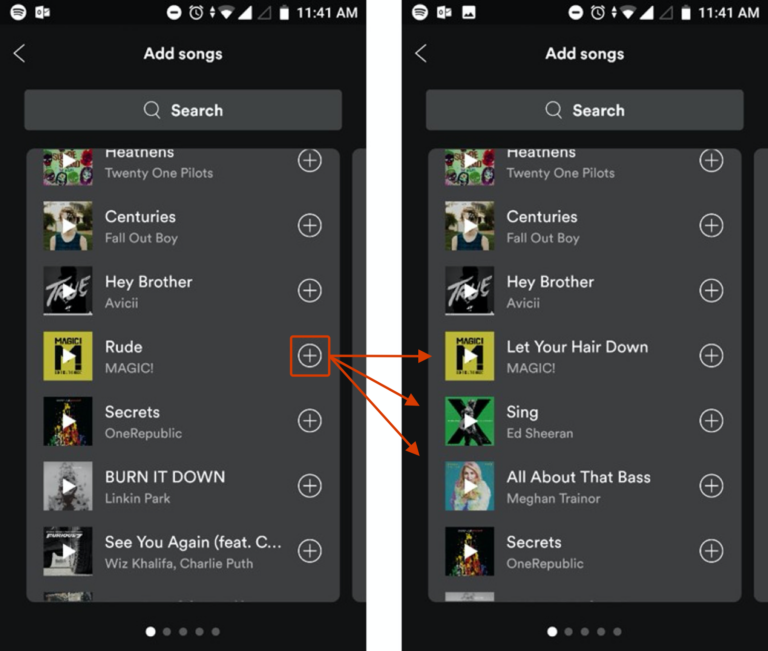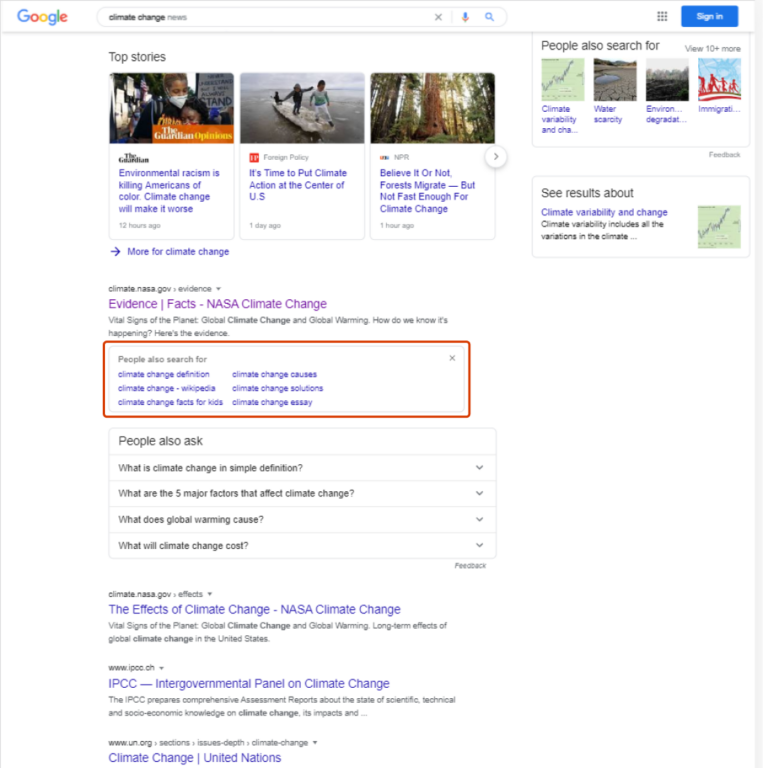Problem
The system adapts in response to user interaction and is at risk of disrupting or disorienting the user.
Solution
The system makes an immediate, but local update that maintains, to a large extent, the previous state.
Use when
- The model is capable of accepting additional information from user interactions, interpreting user intent, and adapting over time.
- Delaying the update would prevent the user from accomplishing their goals efficiently.
How
Collaborate with an AI/ML practitioner to:
- Decide what user interactions to respond to. Identify which user interactions convey additional information about the user or their intent.
- Use the additional information to get an updated prediction or result set.
When making the update, consider:
- Adjusting the outputs by changing only a small part.
- Placing the updated items in the context of existing ones, at the periphery of the user’s attention so as not to be disruptive. Consider employing a subtle attention-drawing mechanism to help the user notice the update and overcome change blindness.
- Triggering the change from the user interaction.
- Displaying all the adjusted outputs at once.
User benefits
- Provides value to users by improving relevance of content.
- Enables the user to discover new relevant content.
Common pitfalls
Consult with AI/ML practitioners on your team to guard against these pitfalls:
- The model is wrong or uncertain about which outputs need to be changed.
- The update may introduce new errors accidentally.
- The model update may have cascading effects and change other outputs unintentionally.
See Guideline 9, Support efficient correction, Guideline 10, Scope services when in doubt, and Guideline 11, Make clear why the system did what it did, and their respective patterns for what to do when the system is wrong.
References
- Jin Young Kim, Mark Cramer, Jaime Teevan, and Dmitry Lagun. 2013. Understanding how people interact with web search results that change in real-time using implicit feedback. In Proceedings of the 22nd ACM international conference on Information & Knowledge Management (CIKM ’13). Association for Computing Machinery, New York, NY, USA, 2321–2326. DOI:https://doi.org/10.1145/2505515.2505663



